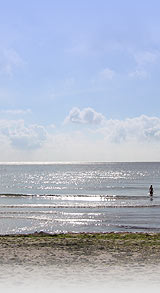90 ordspråk av Steve Squyres
Steve Squyres
Number of proverbs are 1469561
varav 1407627 på engelska
Proverb (1469561 st) Search
Categories (2627 st) Search
Authors (167535 st) Search
Photos (4592 st)
Born (10495 st)
Died (3318 st)
Dates (9517 st)
Countries (5315 st)
Idiom (4439 st)
Lengths
Toplists (6 st)
This website focuses on proverbs in the Swedish, Danish and Norwegian languages, and some parts including the links below have not been translated to English. They are mainly FAQs, various information and webpages for improving the collection.
Det är julafton om 229 dagar!
Vad är proverb?
Hur funkar det?
Vanliga frågor
Om samlingen
Ordspråkshjältar
Hjälp till!
varav 1407627 på engelska
Proverb (1469561 st) Search
Categories (2627 st) Search
Authors (167535 st) Search
Photos (4592 st)
Born (10495 st)
Died (3318 st)
Dates (9517 st)
Countries (5315 st)
Idiom (4439 st)
Lengths
Toplists (6 st)
This website focuses on proverbs in the Swedish, Danish and Norwegian languages, and some parts including the links below have not been translated to English. They are mainly FAQs, various information and webpages for improving the collection.
Det är julafton om 229 dagar!
Vad är proverb?
Hur funkar det?
Vanliga frågor
Om samlingen
Ordspråkshjältar
Hjälp till!
 |
This website focuses on proverbs in the Swedish, Danish and Norwegian languages, and some parts including the links below have not been translated to English. They are mainly FAQs, various information and webpages for improving the collection.
Det är julafton om 229 dagar!
Vad är proverb?
Hur funkar det?
Vanliga frågor
Om samlingen
Ordspråkshjältar
Hjälp till!
|
